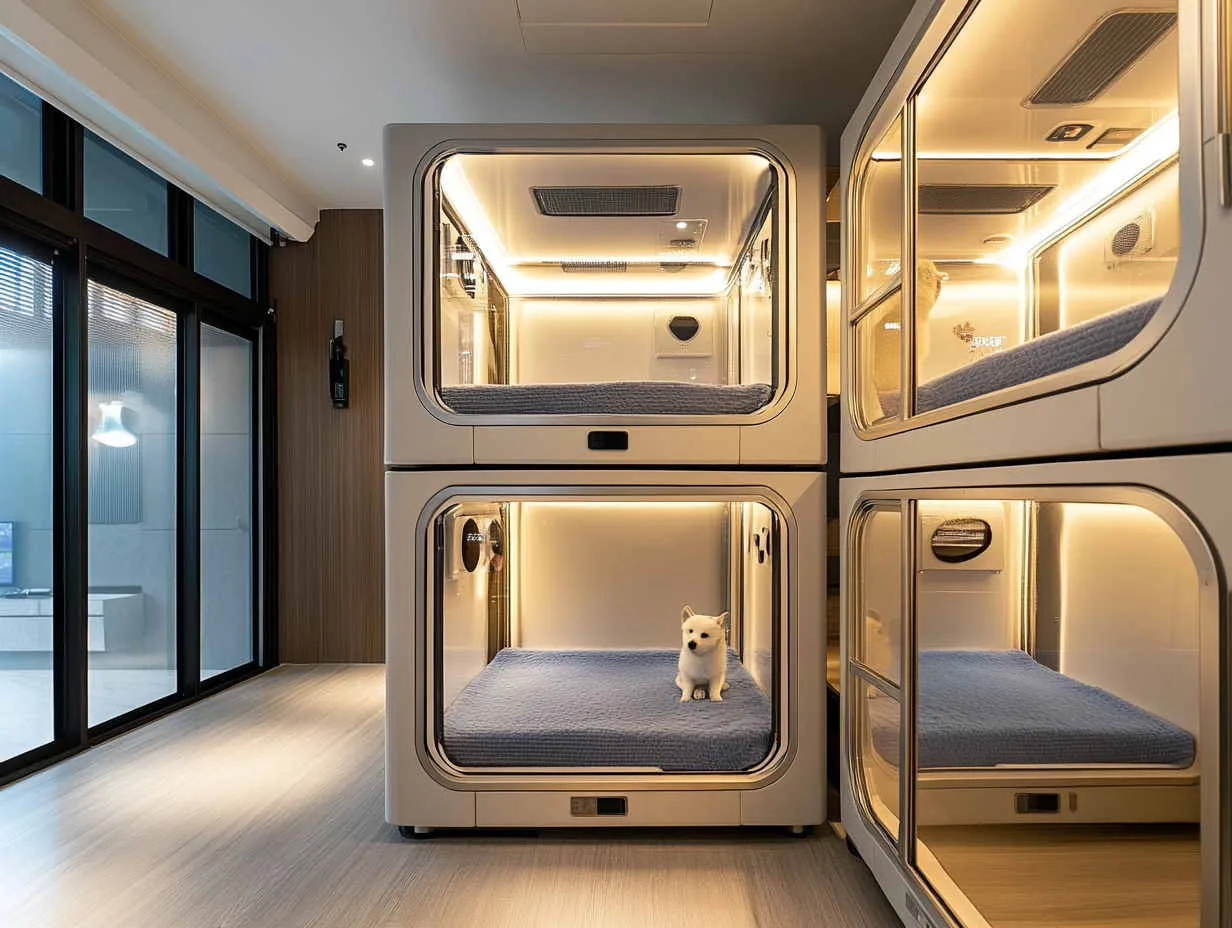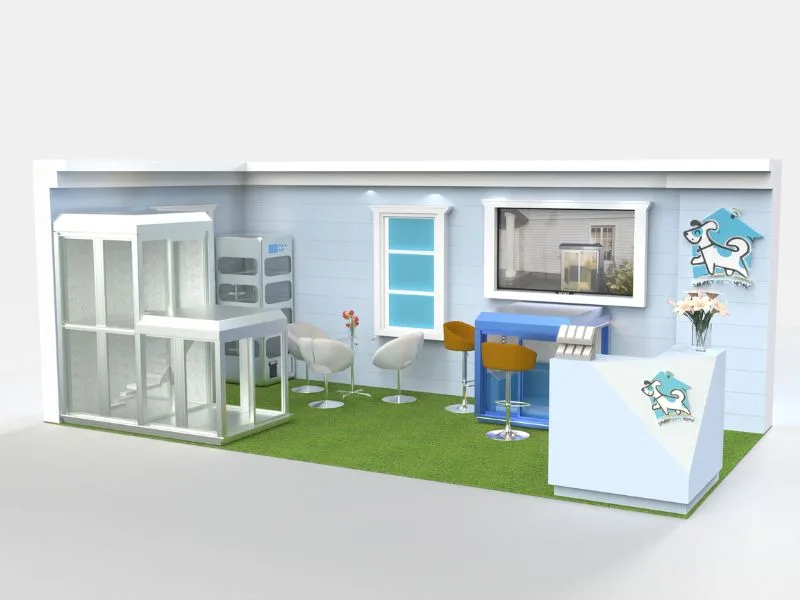SPH
2025.07.04
46
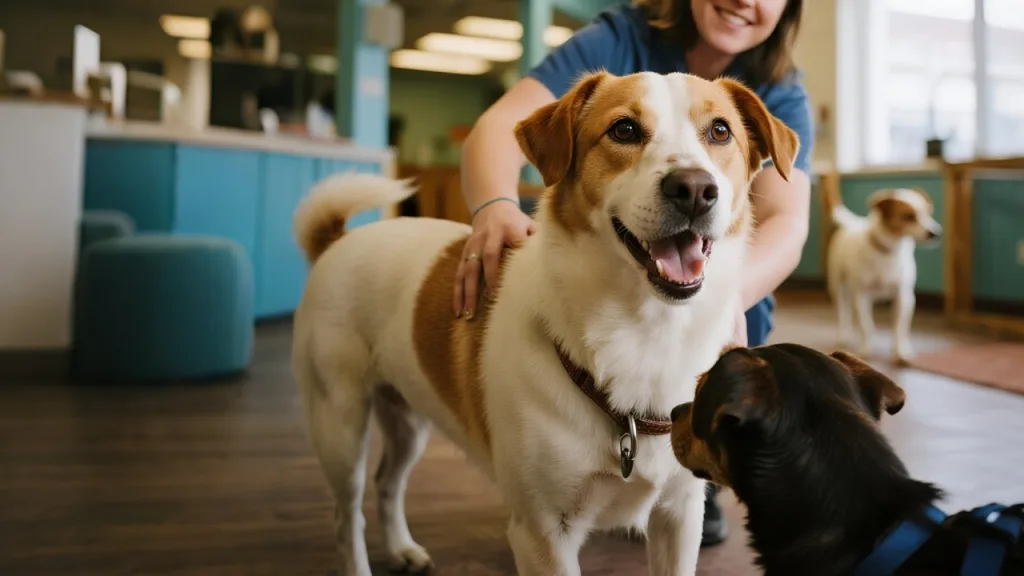
Balancing a packed schedule with your dog’s physical, emotional, and social needs can be tough. Dog daycare offers a modern solution that supports your dog’s well-being while fitting into your daily routine. Let’s explore the ideal time to start your pup’s daycare journey, backed by canine behavior science, veterinary guidance, and top pet care practices.
Best Age to Start Daycare
Puppies are usually ready to start attending dog daycare after completing their core vaccinations, which typically occur between three and four months of age. They should also have begun basic obedience training and initial socialization.
Benefits of Early Daycare for Puppies
Managing High Energy
When your dog starts chewing furniture or barking excessively, it’s time for structured activities. Enrolling them in a 24-hour dog daycare helps burn energy and reduce destructive behavior.
Correcting Behavior Through Play and Training
Certified staff uses reward-based training and games to reinforce good habits while boarding dogs enjoy physical activity and mental enrichment.
Adjusting for Physical Changes
Older dogs benefit from gentler play and quieter spaces. Avoid mixing them with hyper puppies to prevent stress or injury.
Easing Separation Anxiety
If your senior dog feels anxious when left alone, Lucky Dog Daycare can provide social stimulation and emotional comfort in a supervised setting.
If you’re away for over 8–10 hours daily, consider enrolling your pup in a dog daycare near you by the time they’re 3 to 4 months old. It ensures they stay engaged and anxiety-free.
Take your dog to daycare 1–2 weeks before leaving. Let them adjust to the environment and caregivers to minimize stress during your trip.
Expecting a new baby or a family member? Introduce your dog to daycare 1–2 months in advance to help them adapt to sharing space and attention.
Before a move or remodel, send your dog to a calm daycare facility. It shields them from loud noises and chaotic environments.
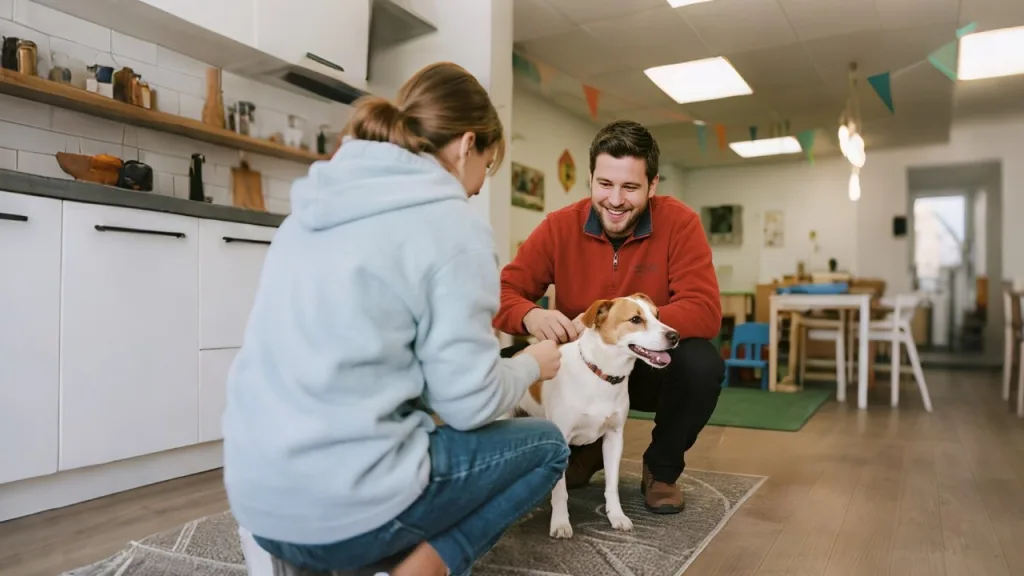
Verify licenses, certifications, and any industry memberships. Positive reviews and parent recommendations also signal a quality provider.
Staff should be certified in dog behavior, pet CPR, and safety protocols. Ideally, there should be one trained handler for every eight dogs and a 24/7 emergency plan.
Choose a facility with distinct areas for resting and playing. Modular suites with climate control 10°–22°C and 40 dB noise reduction enhance comfort.
Slip-resistant, non-porous floors, and well-ventilated spaces reduce the risk of illness and joint injuries.
Modern systems log your dog’s health, preferences, and activities. Platforms like SPH streamline daycare operations and track progress.
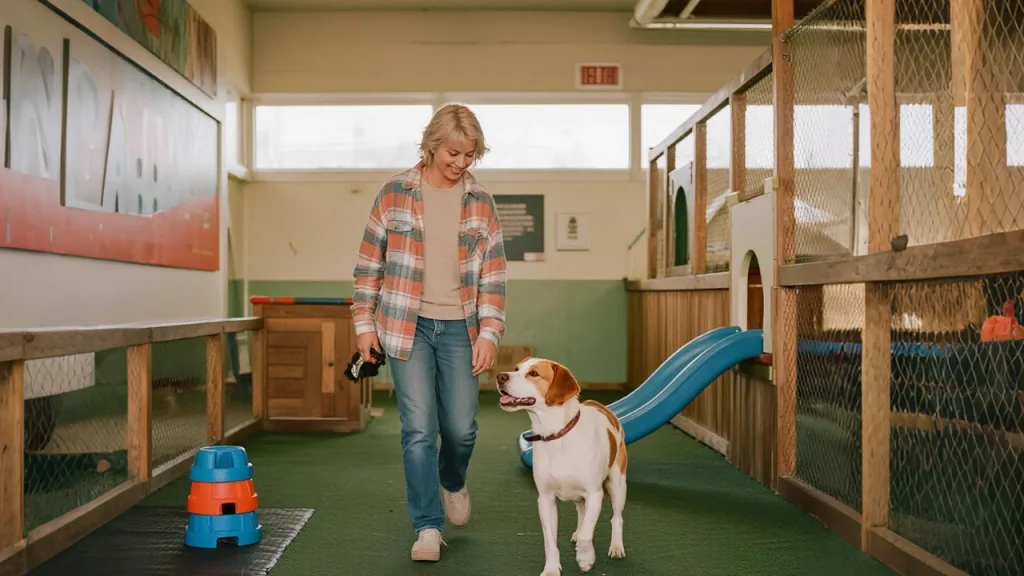
| Behavior Type | Ready for Daycare | Needs Trainer Evaluation |
| Social Skills | Calm tail wags, friendly approach | Growling, hiding, lunging |
| Separation | Calms within 10 minutes | Barking, scratching, and not eating after 30 minutes |
| Physical Signs | Normal appetite and potty | Vomiting, diarrhea, rapid resting breath |
Share your dog’s breed, personality, routines, and dietary preferences. Ask about hours, services, prices, staffing, and emergency protocols.

